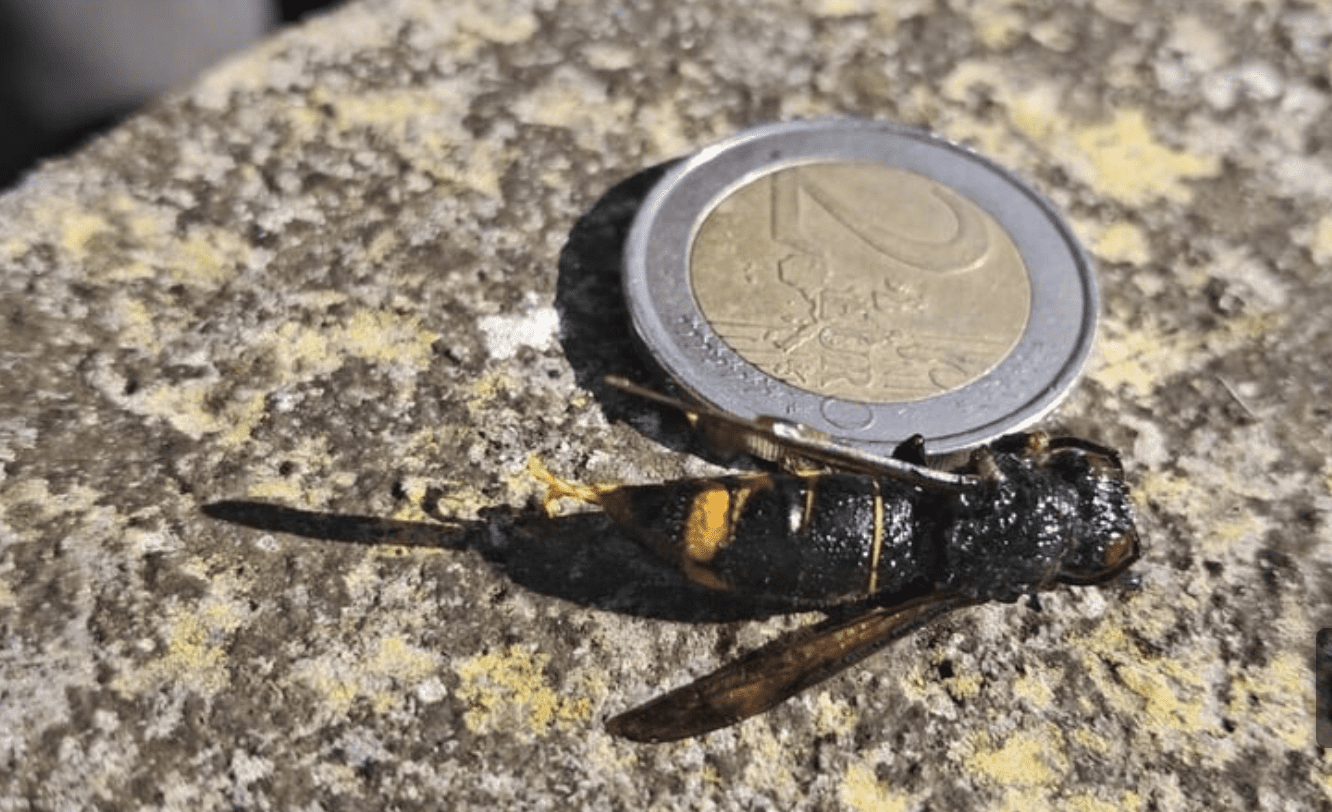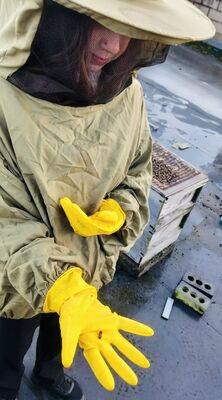IRELAND has been invaded, a national state of emergency has been declared and a multi-agency taskforce of our top people has been activated.
It’s not a joke or a work of fiction – this actually happened just last month. This time it wasn’t our traditional colonial neighbours, but a deadly foe from much further away. And one that could, theoretically, turn the whole country into an unliveable wasteland.
When a single Asian hornet was captured in Cork 24 days ago, the Irish government’s worst fears were realised. A crack team of experts had been dispatched from Dublin after a concerned citizen reported spotting one, identifying its bright yellow legs. They knew what had been done – they had been practising for that day for years. A national alert was issued and the team rushed to Cork to set up traps.
They’ve every reason to be afraid, very afraid. The Asian hornet shouldn’t be on this side of the world, where native bees have no defence against it. Its hunting methods are merciless and immediate. When it finds a beehive, a single hornet hovers outside the entrance. And when a bee emerges, it decapitates it and carries the corpse back to its own nest as food. Within seconds another hornet replaces it, hovering outside the entrance. It doesn’t take long until the hive is no more.
The fear is that these hornets could easily wipe out our native bees – and without bees that pollinate our crops, humans would be doomed.
The Cork experts – and we’re talking the finest brains from the National Parks and Wildlife Service, Department of Agriculture and Food and the Marine, the National Museum of Ireland and the National Biodiversity Data Centre – were in a race against time.
After catching the hornet pictured here in a trap, they knew that the previous sighting wasn’t a one-off, maybe an insect that had been a stowaway in a cargo ship – but there had to be a hive. Rather than killing any hornets they trapped, they marked them with a tiny dot of paint and logged how long it took them to return in a bid to estimate how far away the nest was. Using a triangulation system they finally cracked it, and last Wednesday they found the first Irish nest of the Asian hornet. About the size of a football and hidden high among trees, they were able to take it down intact so they could discover how developed it was, which would help them determine if there were more nests.
In Asia, these hornets are also deadly, of course, but bees there developed an ingenious but equally gruesome way to kill their bigger attackers. It’s far from easy – 50 bees encircle the hornet and increase their wing flaps, raising the temperature of the air until the hornet is literally cooked. It’s a trick that might take Irish bees a few thousand years to work out!
The first Asian hornet – cornfhoiche Áiseach in Irish – came to Europe in pots from China imported into France in 2004 and from that they steadily advanced across the continent. They were spotted in Britain in 2016 and reached Hungary in 2023, the same year the first Asian hornet was found in the United States.
They are so feared that in 2020 Stormont issued a 55-page report outlining the North’s Rapid Response Contingency Plan for the Asian Hornet. It set up a Strategic Command, Tactical Command and Operational Command that will swing into action if an Asian hornet is reported. It really is like going to war.
Dúlra loves watching bees feeding on flowers, but from now on he’ll be a little nervous. He definitely never wants to see any yellow legs.
• Reader Anto from Crumlin reports a noticeable increase in the number of butterflies in the area this year. The nice summer will encourage breeding of course, but it might also be because of the work done by Tim McCann and his team – the GAA’s first Sporting Nature Officer. He’s boosting biodiversity even in the smallest corner of GAA grounds, and they’re exactly the spots where ‘weeds’ – also known as wildflowers – thrive. And these are the plants where butterflies lay their eggs. So next time you see a butterfly, you can thank the GAA!
• If you’ve seen or photographed anything interesting you can text Dúlra on 07801 414804.







